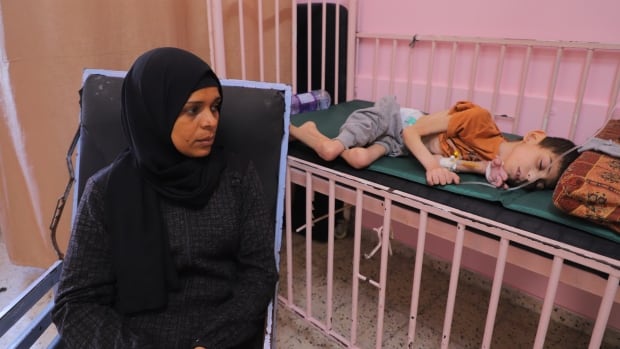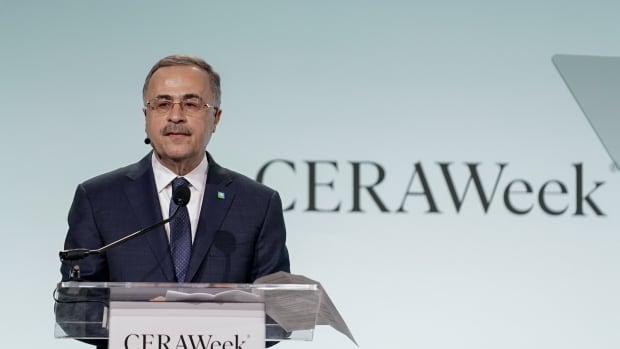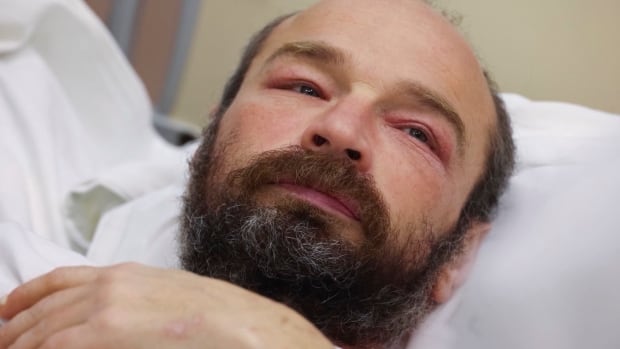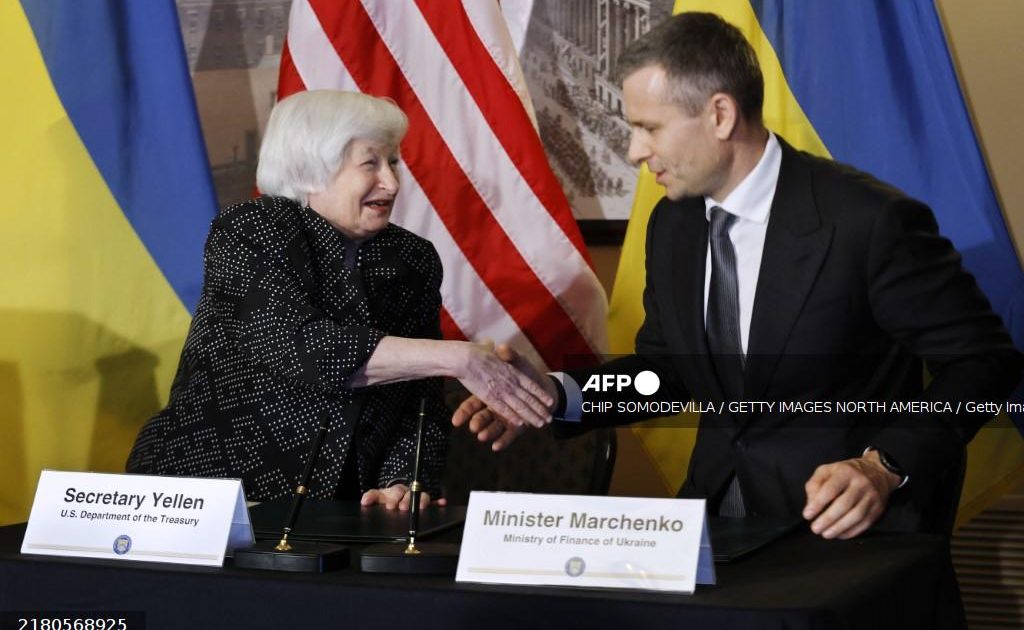WARNING: This story contains images of an emaciated child.
Younis Jumaa laid still on the hospital bed at Nasser Medical Complex in Khan Younis on Wednesday, a shell of his former self after nearly nine months of war. His skin was stretched taut over his growing bones. An IV drip hung beside the bed of the nine-year-old who, on that day, weighed just 17 pounds.
“It’s as if he’s paralyzed,” said his mother, Ghanima Jumaa. “The feeling is the hardest tragedy, when a mother sees her son dying in front of her eyes and I can’t do anything to save him.”
Younis, who also has quadriplegic spastic cerebral palsy, was supposed to leave the Gaza Strip to be treated in Turkey for malnutrition, but those plans dissipated when the Rafah border crossing to Egypt was closed last month. Sick, malnourished children like Younis are facing death, aid organizations say, as they can’t leave Gaza, and its collapsing medical system is struggling with a critical lack of supplies.
‘No feasible’ option for evacuating children
Before the Israel-Hamas war began in October, Jumaa said she and her family “lived happily” in a house in the northern community of al-Saftawi. Her vibrant, growing son ate everything she put in front of him, from fruit to meat to eggs.
“I can’t find anything available for him right now,” said Jumaa. “It’s all gone in the midst of the war.”
The family was among hundreds of thousands of Palestinians who fled south to Rafah due to the war. They moved back north to the desert area of Asda’a last month after Israel expanded its military operation in the southern city.
Ghanima Jumaa says there’s nothing she can do as she watches her nine-year-old son suffering from malnutrition at the Nasser Medical Complex in Gaza, unable to evacuate to find care in another country since the Rafah border is closed.
Younis has since been hospitalized for acute dehydration, his mother said.
“Many other kids had the same condition,” said Jumaa.
U.K.-based Save the Children said in April that every child left in the Gaza Strip is at risk of malnutrition. Children under five, of which there are 346,000 in Gaza, are at the greatest risk.
The organization’s Canada CEO Danny Glenwright said it’s been “impossible” to get children the humanitarian aid they need, from water to food to fuel to medical supplies, since the Rafah border closed.
He said there is “no feasible” option for evacuating children to get medical treatment in other countries.
Unicef reported last week that almost 3,000 kids in southern Gaza have been cut off treatment for malnutrition as medical services collapse, representing three-quarters of those that were getting care.
Nisreen Ramadan Abu Kashif says she’s worried about feeding her family and fears that aid organizations can’t keep up with demand. ‘I wonder from where do I secure food and water for them,’ she told freelance journalist Mohamed El Saife.
“What we are seeing now is a catastrophe unlike anything we’ve ever seen before,” Glenwright said. “Every child right now in Gaza is at risk of famine.”
Israel has repeatedly denied that there is a famine in Gaza, and has blamed aid organizations for not properly distributing aid. It’s also blamed Hamas for stealing aid and reselling it for inflated prices.
‘They need to be evacuated’
Dr. Ahmed Al-Farra, the head of the pediatrics department at Nasser Medical Complex, said the hospital saw nearly 500 patients in 24 hours on Tuesday.
He said he’s seen an increase in the number of malnourished children in the last six months, with many of them already suffering from additional medical problems like respiratory illnesses and gastroenteritis.
Since malnutrition affects a child’s immune system, otherwise minor conditions like diarrhea can be deadly.
“We are dealing with critical cases,” said Al-Farra, who’s overseeing Younis’s care.
The doctor said many patients, including Younis, could have been transferred to Egypt or other countries if the Rafah border had been kept open.
“They need to be referred and they need to be evacuated as soon as possible.”
Aid trucks are not getting into Gaza, strangling food, water and medical supplies. Some truck drivers avoid areas where Israeli settlers attack aid trucks while Egypt and Israel blame each other for keeping the main Rafah crossing into Gaza closed after Israel captured it a week ago.
Catastrophic levels of hunger in the south
It has been difficult for humanitarian organizations to deliver aid to the Gaza Strip since the war began on Oct. 7, when Hamas-led militants launched an attack on Israel that killed some 1,200 people, by Israeli tallies, and took another 250 hostage. Israel’s subsequent ground offensive in Gaza has killed over 37,000 people there, by Palestinian counts.
The closure of the Rafah border further complicated efforts. The United Nations has said the flow of humanitarian aid supplies has dropped by 67 per cent since May 7.
The UN said southern Gaza, once a place of refuge, is now at risk of facing the same “catastrophic levels of hunger” as in the north of the strip.
On Monday, Israel started tactical pauses in a small stretch near the Kerem Shalom border crossing to support the entry of aid — though UNRWA, the main aid organization delivering aid in Gaza, said it saw little immediate change.
Israel has promised daily ‘tactical pauses’ along a stretch of the Gaza border to help with the flow of humanitarian aid. But not everyone is convinced the measure will be followed or actually help Palestinians who are struggling to survive the humanitarian crisis.
The medical infrastructure in Gaza has been devastated, as most hospitals in the strip have been at the centre of much of the fighting. The Israel Defence Forces has claimed Hamas fighters use hospitals and schools as shields, leaving patients and displaced people stuck in the midst of bombing campaigns.
At the Nasser complex that Wednesday, Jumaa watched her once-vibrant son now barely moving on his hospital bed, eyes just open enough to show he was aware of his surroundings. As a mother, she said, this is the worst tragedy she could go through.
“We reached the point of hopelessness.”











